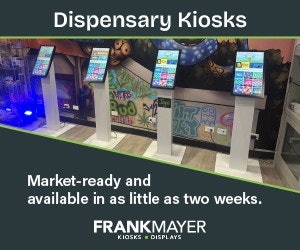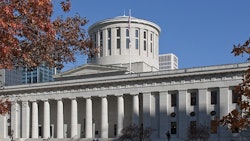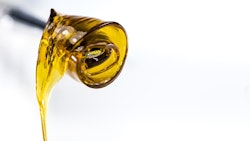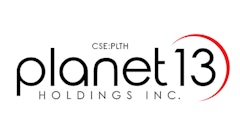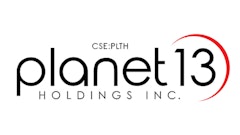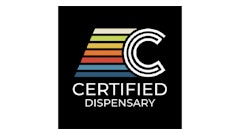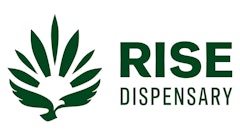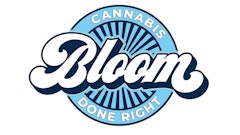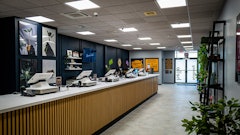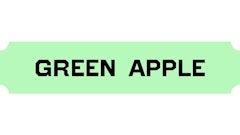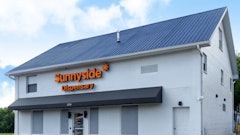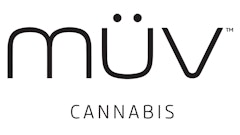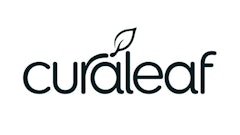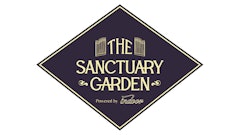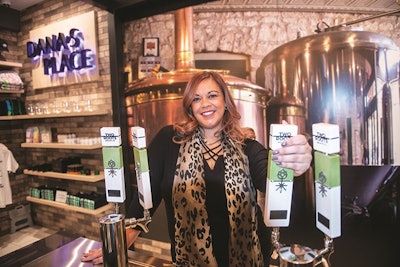
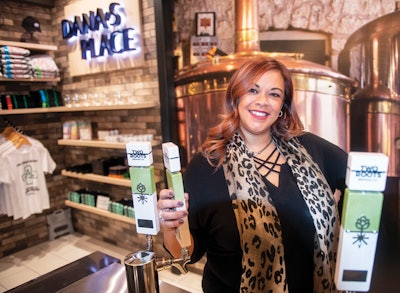
Despite cannabis’s incredible market growth, alcohol still dominates marijuana in sales. Cannabis sales in the U.S. generated nearly $9 billion in revenue in 2017, according to BDS Analytics; beer alone generated more than $34 billion in non-bar and non-restaurant sales in the U.S. in that same period, according to market research firm IRI Worldwide.
Las Vegas ReLeaf, a medical and adult-use dispensary, saw this as an opportunity to innovate. Two Roots beer was born when ReLeaf’s San Diego-based, brewery-owning CEO began shipping stouts, IPAs, lagers and wheat beers from San Diego to Las Vegas, where they would be de-alcoholized and infused with THC at ReLeaf’s processing lab.
In this Fast Take, Las Vegas ReLeaf’s general manager, Lissa Lawatsch, dishes on investing in cannabis beer, how data tracking serves to inform business decisions and the importance of finding your niche.

Brian MacIver: When did ReLeaf decide to carry cannabis-infused beers?
Lissa Lawatsch: It was probably about a year and a half ago. We started to see where the data was going on edibles and looking at different ways of consumption. The opportunity came to [the CEO] to purchase a brewery, and he loved the social aspect of having cannabis beer that wasn’t so highly dosed.
He wanted to go with a 5-milligram social beer that you can drink just like ... a normal craft beer. You can have one or two while you’re sitting with friends. It’s a Nano emulsion technology [a way to disperse nanometer-sized droplets of liquid into another liquid] that allows for rapid onset. You start to feel it within 10 minutes of consumption. ... We wanted to emulate that feeling, the social aspect of it, the six-pack, but also make it cannabis-infused.
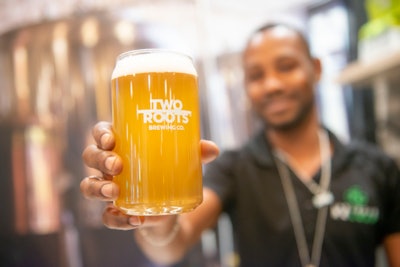
MacIver: Why did you launch the first-ever beer tasting bar in a cannabis dispensary?
Lawatsch: We wanted to create more of an experience [in] the dispensary. We have a tasting room down in San Diego that we acquired with the brewery. That’s where [the CEO] made the connection, like, “We need one of these in the dispensary, so people can ... belly up to the bar and have a little bit of a social experience before they go back to the budtender.” And then [the customers are] more open to buying the beer. [Editor’s note: The tasting bar serves only THC- and alcohol-free beer samples.]
MacIver: What portion of your total sales are beverages?
Lawatsch: Looking at September and October numbers, we were doing 30 units a day. So right now, if we did all beverages overall, we’re looking at about 10 percent, including elixirs and stuff like that. But if it was just the beer, you’re looking at about 7 to 8 percent of our sales.
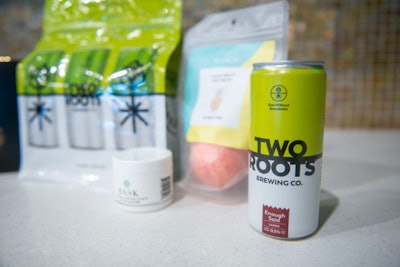
MacIver: How do you rely on data to drive business decisions?
Lawatsch: I was a banker for 20 years, so coming into this industry, that was one of the big eye-openers—how little data we actually had. We’ve started doing market research on our own, taking a look at how people are getting to us. [Dispensaries] spend a lot of money these days on Leafly, Weedmaps, billboards, radio ads, but what’s the return? What is the cannabis consumer coming into your store based on? We started to do some manual tracking at the registers and looking at that data to see if we are spending this much money, are we getting a return on investment? We’re at that point now where we have two years of good data [and] we can make good decisions, where [before], we were throwing things at the wall and seeing what stuck.
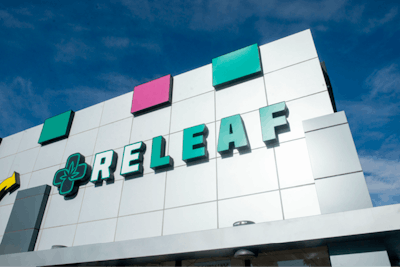
MacIver: What tip can you offer other dispensary owners and operators?
Lawatsch: You always have to create an experience that’s different than the others. We have a ton of dispensaries [in Las Vegas], and we probably have a whole bunch more coming online. Every dispensary is different. We had to evolve and say, “Hey, we’re the first dispensary to have a bar.” It was like that “aha” moment. In a lot of ways in this industry, you make history and you have to enjoy that. We [have to] take those times to celebrate what we’re doing. We’re making history, and I think we forget that sometimes.




